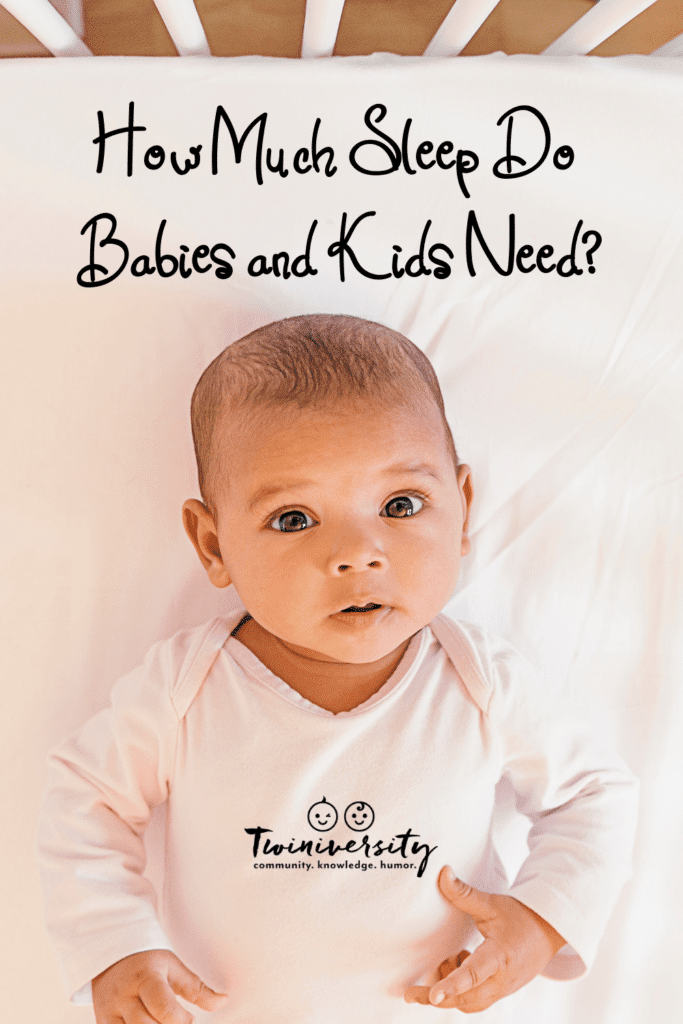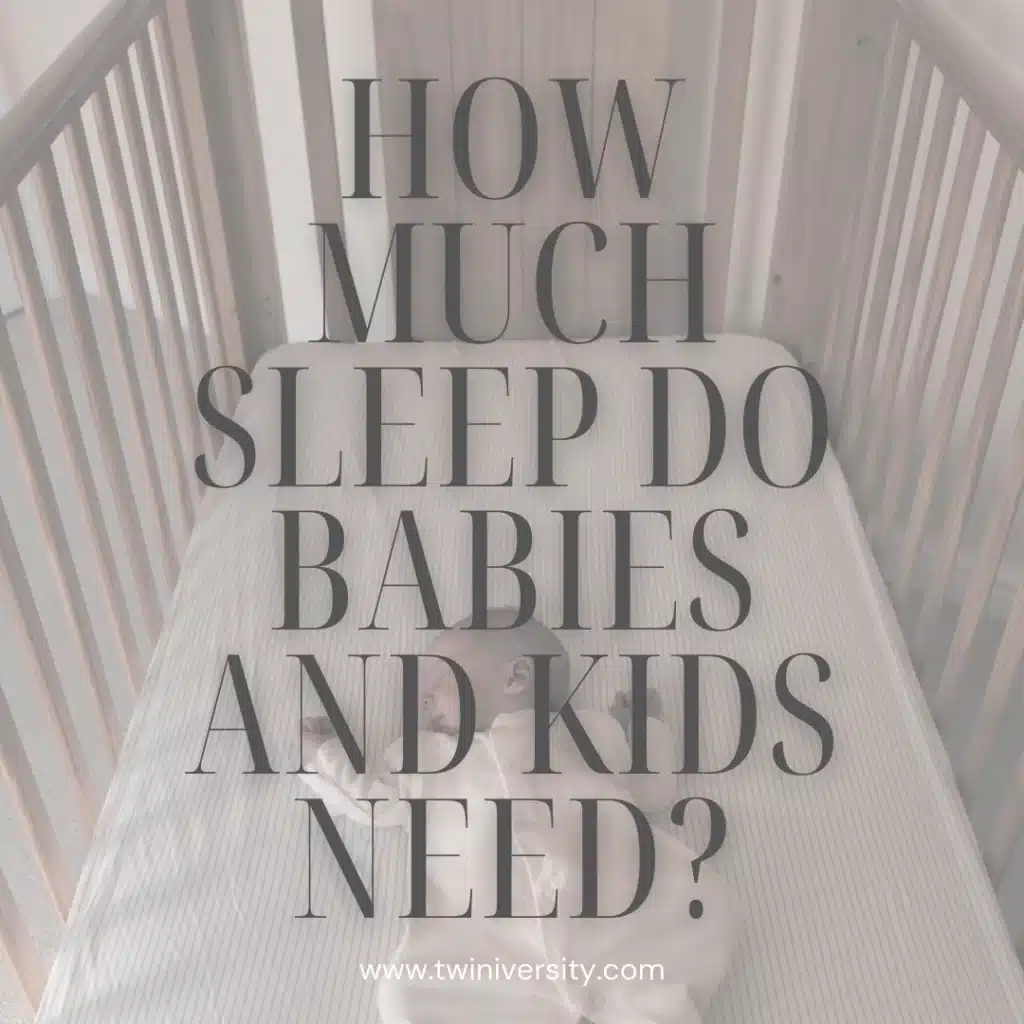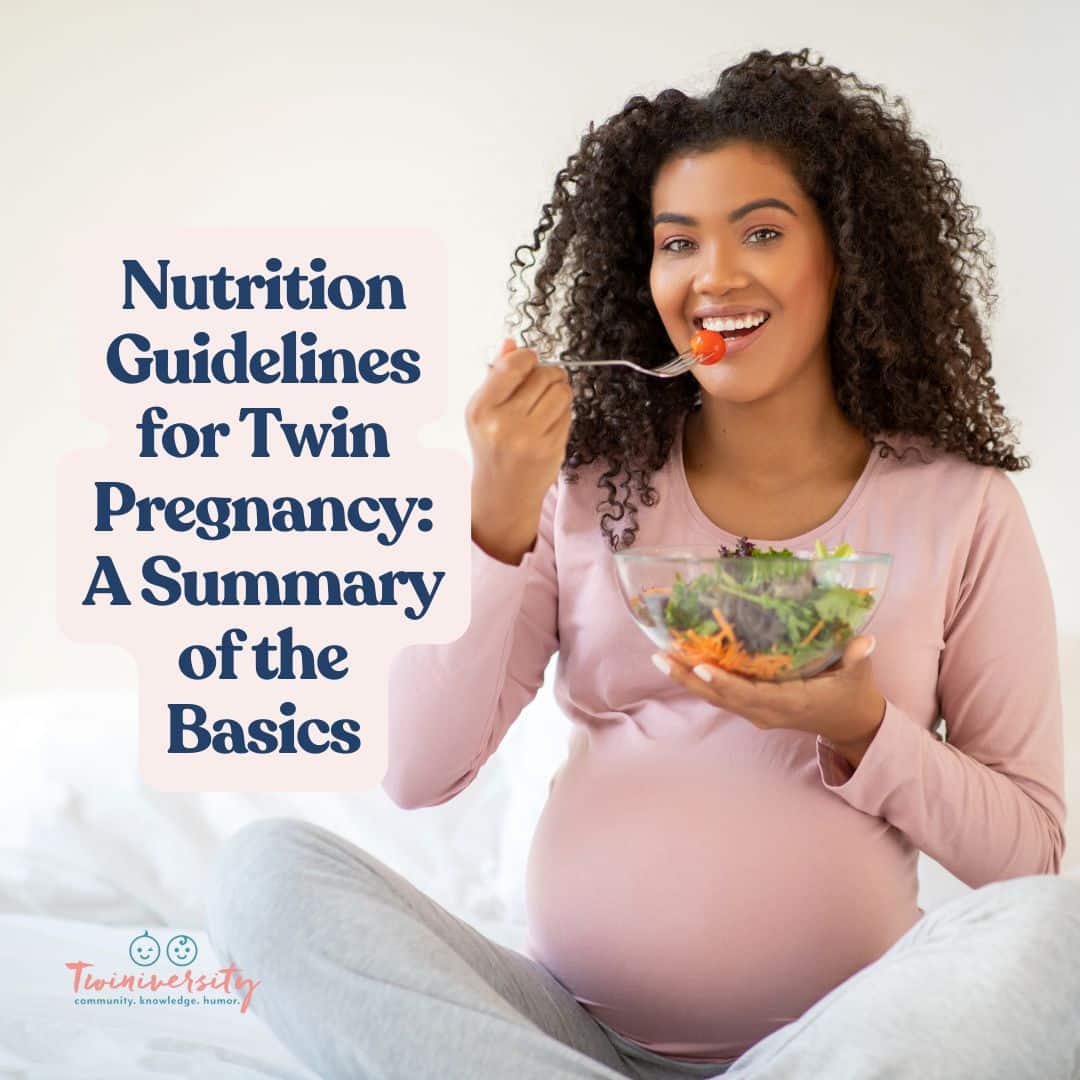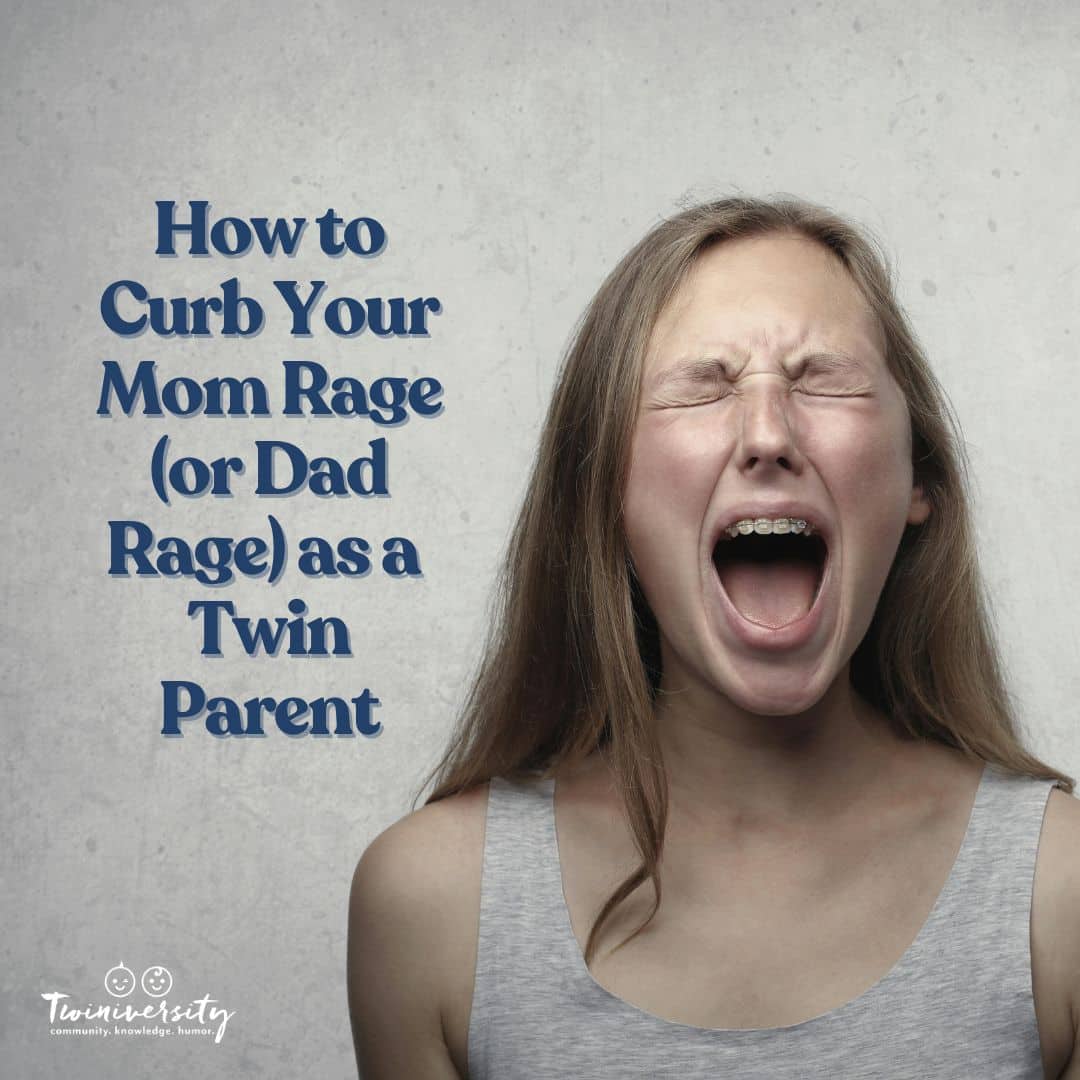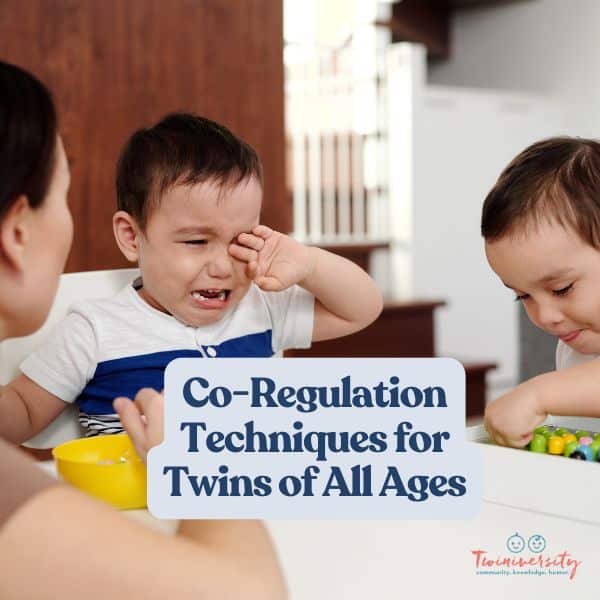Last updated on January 24th, 2024 at 06:08 pm
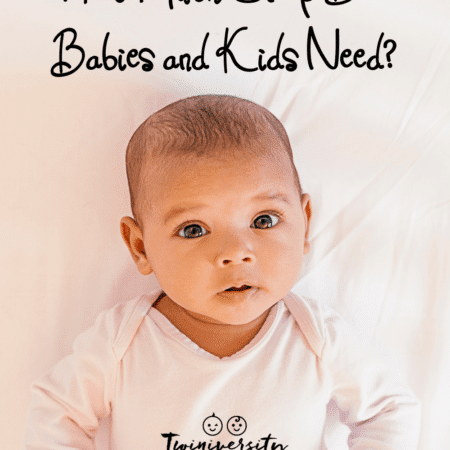
We’ve got a great article for you today on how much overnight and daytime sleep your twins should be getting from birth through starting school that was sponsored by our peeps at Love to Dream, one of our all-time favorite swaddle makers and the creators of the Swaddle UP! We are going to teach you about how much sleep do babies and kids really need AND we are going to tell you a little more about our Love To Dream friends. Ready? Let’s do it.
- How Much Sleep Do Kids Need?
- Why Do My Kids Need So Much Sleep?
- How Many Hours of Sleep Do Kids Need?
- Newborn Sleep: Birth to 4 Weeks Old
- The Genius of Swaddle UP:
- Newborn Sleep: 1 to 4 Months Old
- Infant Sleep: 4 to 12 months old
- Toddler Sleep: 1 to 2 years old
- Preschooler Sleep: 3 to 5 years old
- Grade schooler Sleep: 6 to 12 years old
- Readjusting Your Children’s Sleep Schedule
- What if My Child Isn’t Getting the Recommended Amount of Sleep?
How Much Sleep Do Kids Need?
Do you often wonder how much sleep do kids need, according to the experts? If you answered “yes!”, you’ll want to bookmark this article! We’ve broken down child sleep for you from birth through 12 years old to help you make sure your kiddos are getting the proper amount sleep, based on recommendations from the American Academy of Pediatrics.
Why Do My Kids Need So Much Sleep?
All children thrive on a regular bedtime routine. You may start to notice difficult behaviors and health problems if your twins aren’t getting enough sleep, such as difficulty concentrating, hypertension, irritability, obesity, depression, and headaches. Kids who get enough sleep have better school performance, behavior, memory, and mental health, and a healthier immune system.
How Many Hours of Sleep Do Kids Need?
Here’s a breakdown of how many hours of sleep kids need as the years go by:
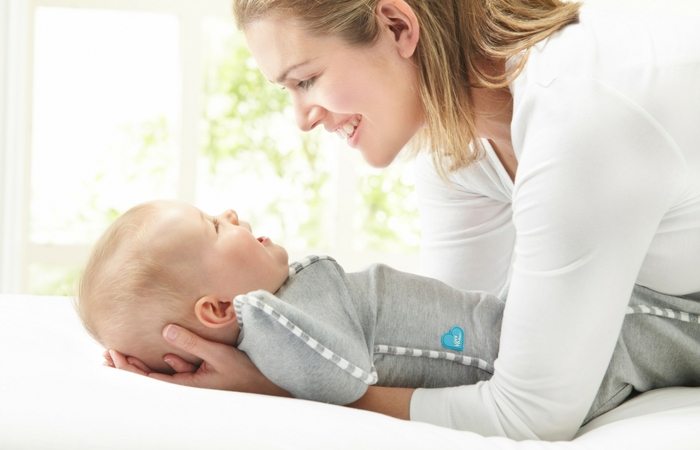
Newborn Sleep: Birth to 4 Weeks Old
Newborn babies from birth to 4 weeks old should be getting 15 – 16 hours per day. Newborns typically sleep in short periods of one to two hours, in between feedings. Premature babies may sleep longer, while colicky babies may sleep less.
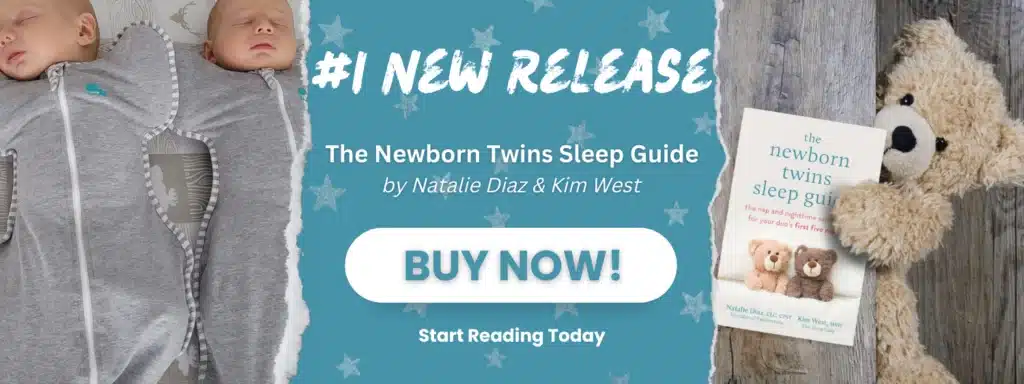
Don’t expect babies from birth to 4 weeks old to have a sleep pattern at all. Since newborns do not yet have an internal biological clock (AKA circadian rhythm) their sleep patterns aren’t related to the daylight and nighttime cycles. Setting a firm 3-hour schedule will help a feeding/sleeping pattern to start emerging, but don’t expect that pattern to be solid for a while. To survive this difficult stage as a parent of twins, work with your partner to tag-team feedings to get more sleep overnight.
Featured image courtesy of Jane Goodrich Photography
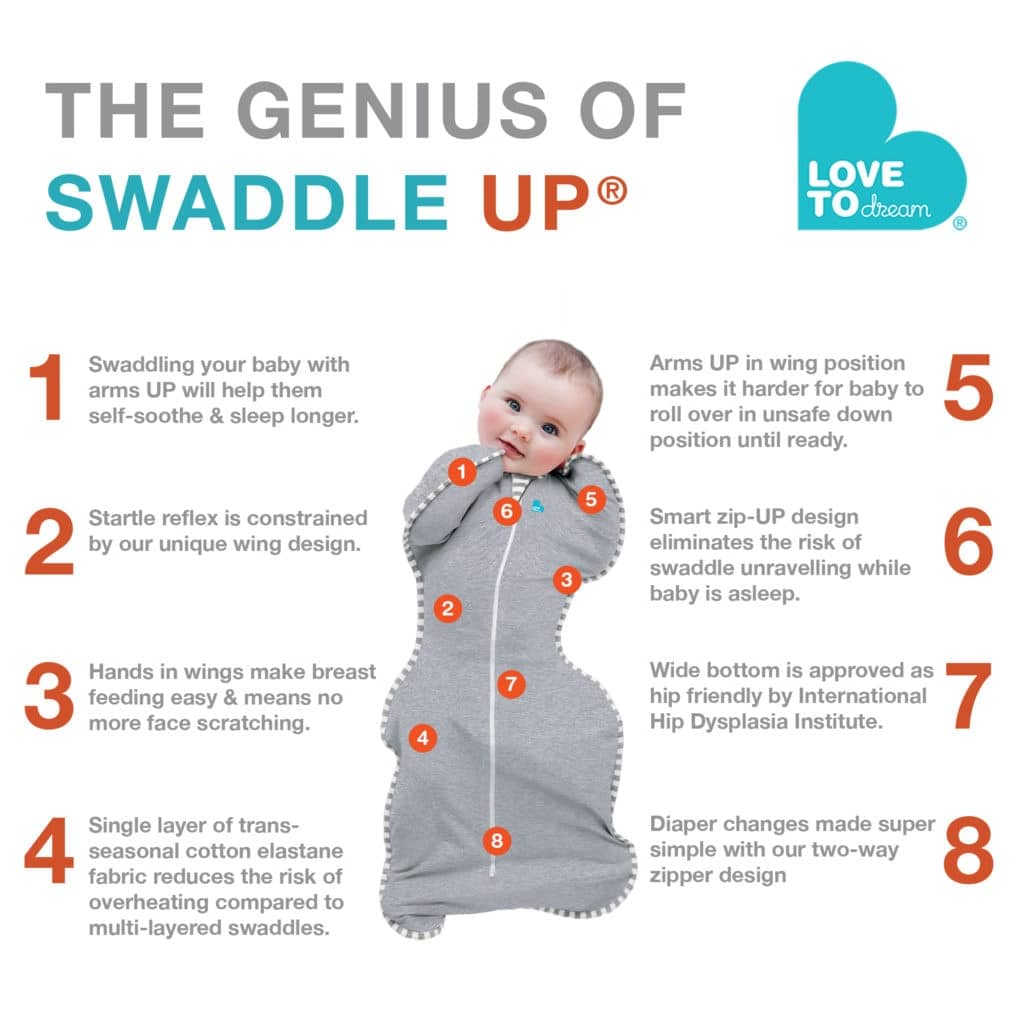
The Genius of Swaddle UP:
- Unique patented SWADDLE UP™ allows a natural ARMS UP™ position
- ARMS UP™ allows true SELF-SOOTHING™ = more sleep
- Swaddle in seconds with no breakouts
- 1.0 TOG fabric is ideal for moderate climates
- Ideal for room temperatures between 68°F & 75°F
- Single layer of fabric to reduce risk of overheating
- Certified ‘hip-healthy’ design allows the recommended flexion for hips & legs
- Twin zipper for easy diaper changes
More products from Love to Dream to help with child sleep
Stage 1: Swaddling
- Swaddle UP Limited Edition Rainbow – The Rainbow SWADDLE UP™ is designed to help parents celebrate their ‘Rainbow Baby’ – with $5 from every purchase donated to First Candle.
- Swaddle UP Warm – 2.5 TOG; great for colder climates in winter
- Swaddle UP Lite – 0.5 TOG; perfect for the summer
- Swaddle UP Hip Harness – Specially designed SWADDLE UP™ with a wider fit at the bottom so that it can be worn over a hip dysplasia harness or brace
Stage 2: Transitioning out of a swaddle
- Transition Bag – to help your child transition out of a swaddle (when they start to roll), with “wings” that zip off one arm at a time
- Transition Suit – a good alternative to the transition bag, when your child is beyond the swaddling age. It comes with both the “wings” and extra “sleeves”, and is 1.0 TOG fabric thickness.
Stage 3: Independent sleep
- Sleep Bag – a wearable blanket – designed to eliminate the need for loose blankets in the crib, ensuring a more comfortable sleep day or night.
- Sleep Suit – a versatile “all-in-one” style wearable blanket with legs. Designed to keep little ones warm, whilst providing freedom of movement. Perfect for little wrigglers.
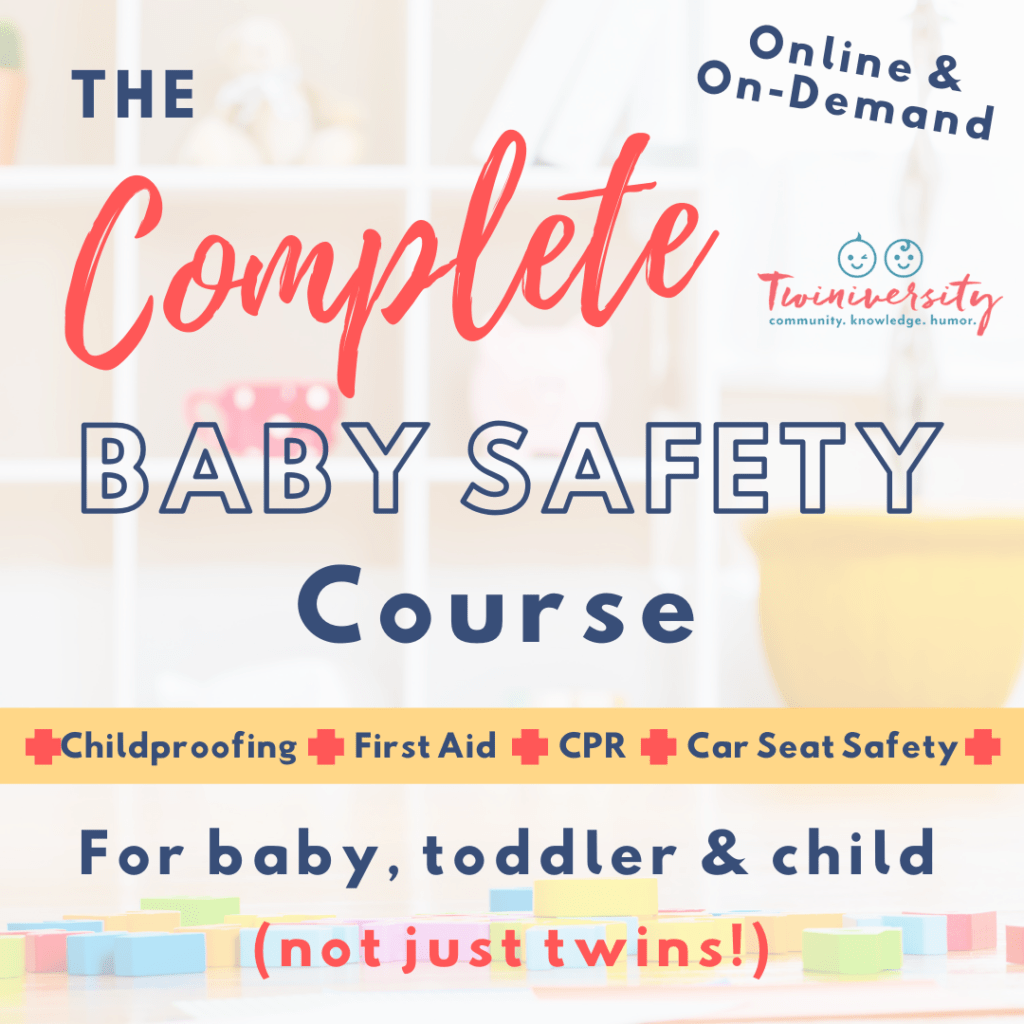
Need some baby safety training? Take the Twiniversity Complete Baby Safety course, offered on-demand. Includes video modules on infant, toddler, and child CPR, first aid, and common medical ailments, plus car seat installation and safety and childproofing your home. Click here to learn more!
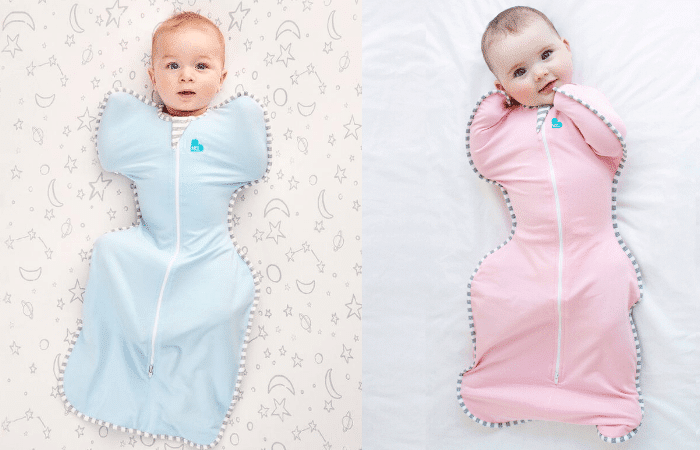
Newborn Sleep: 1 to 4 Months Old
Newborns from 1 to 4 months old need 14 – 15 hours of sleep per day. At this point, infants are typically on a 3-hour or 4-hour schedule for eating and sleeping. By 6 weeks old, you may notice more regular sleep patterns starting to form.
As you get closer to 4 months old, the longest periods of sleep run 4 – 6 hours, and longer sleep tends to occur more regularly in the evening. The day-night confusion that you saw in the early weeks is now gone (or close to being gone).
Sleep training twins: It’s a marathon, not a sprint
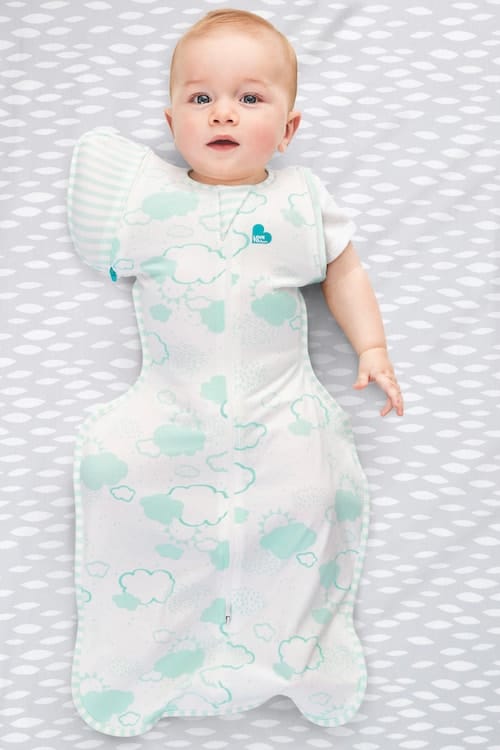
Infant Sleep: 4 to 12 months old
Infants age 4 to 12 months old need 12 to 16 hours (including naps) per day. Most infants at this stage get about 12 hours of sleep overnight, with 2-4 hours of naps over the course of the day. Babies around 4 months old typically have three naps. Once your babies hit 4 months old, they may be able to sleep a straight 12 hours overnight. Then, you can start to work on sleep training, if you desire.
3 nap schedule example:
- 1st nap usually starts at 9 a.m. and lasts about an hour
- 2nd nap starts between noon and 2 p.m. and lasts 1-2 hours
- 3rd nap may start anywhere from 3 p.m. to 5 p.m. and usually lasts 1-2 hours
Infants typically drop to two naps at around 6 months old, which is the point where they are (typically) physically capable of sleeping through the night without eating.
2 nap schedule example:
- 1st nap starts at 9 am, lasts 1-2 hours
- 2nd naps starts at 1 pm, lasts 1-2 hours
But if your twins are in this stage and they still don’t have regular, solid naps, don’t freak out! That is also normal. Establishing a nap schedule generally happens closer to the first birthday, as the biological rhythms mature.
Getting twins on a feeding and sleep schedule

Toddler Sleep: 1 to 2 years old
Toddlers age 1 to 2 years old should be getting 11 to 14 hours (including naps) of sleep a day. Ideally, they’ll be sleeping 12 hours overnight and one 2-hour nap. Most toddlers thrive with a bedtime between 6:30 pm – 7:30 pm.
Around 18-21 months of age is a good time to transition your twins to just 1 nap a day. You’ll know when they’re ready because they will start to fight that morning nap and start to get really cranky by lunch time. If this happens, stop putting them down for the morning nap and put them down when they start to act tired. Try pushing this nap start time by 15 minutes every few days until you finally get them to start at 1 pm. It may take you a few weeks to do this but it will be worth it when you can have the whole morning for fun and a solid 2 hours after lunch to get things done.
Preschooler Sleep: 3 to 5 years old
Kids age 3 to 5 years old 11 to 13 hours (including naps), which breaks down to 10-11 hours overnight and a 1-2 hour nap. Around 3-4 years old, your child will drop their nap (also known as one of the worst days ever) but the good news is that they will be MORE tired by bedtime and it will make the transition to bed easier.
You may want to consider changing “naptime” to “rest time”, which will give them time to chill in bed with some books/toys while you can get things done. (or get some rest in yourself! Hello, Netflix!) A good bedtime for kids ages 3 – 5 years old is between 7 – 8 pm.
Please stop using this infant sleep device
Grade schooler Sleep: 6 to 12 years old
Children in school should be getting 9 to 12 hours of sleep a night. Most kids this age don’t take naps anymore, but you might get an occasional nap out of them after a physically exhausting activity or a long car ride home. At these ages, with so many after-school activities, bedtimes typically become later and later, with most 12-year-olds hitting the sack at about 9 pm. There is still a wide range of bedtimes, from 7:30 to 10 p.m., as well as total sleep times, from 9 to 12 hours, although the average is only about 9 hours.
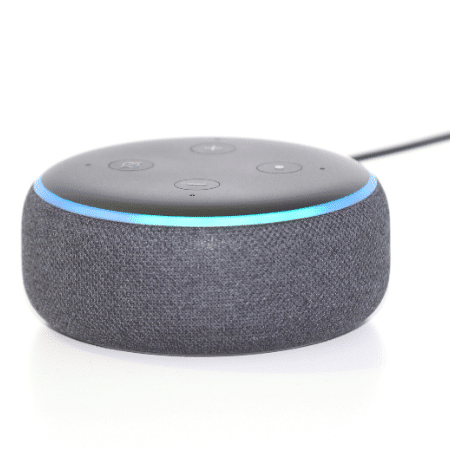
Readjusting Your Children’s Sleep Schedule
My twins’ pediatrician expressed at their annual check-up that my 8-year-old twins should be getting 10 hours of sleep a night. We had gotten into a bad habit of pushing bedtime to 8:30… then 8:45… then 9:00… on a school night. In addition, they are always up by 6:00 am every day of the week, so they were definitely not getting 10 hours on that schedule. I realized my twins were now used to having “family time” for about an hour and a half each night. If I wanted them to be in bed by 8:00 pm, I had to start our routine earlier.
Now our Alexa goes off at 6:30 pm every tonight to remind us to start the bedtime routine. My twins have fallen into the new schedule pretty well because they aren’t missing out on time with us. Utilize your devices (Siri, Alexa, etc.) to set alarms that the whole family can hear and that should help transition your kids into a new routine for sleep.
How to get more sleep as a parent of twins
What if My Child Isn’t Getting the Recommended Amount of Sleep?
In the end, if your twins aren’t hitting the standard sleep times that this article recommends, that doesn’t mean you’re failing as a parent! Some kids just naturally don’t sleep as much. This may continue into childhood and adulthood and just be a part of who they are as a person. However, sinus problems and sleep apnea could be factoring in. If you’re concerned about your child’s sleep make sure to talk to your doctor or a sleep specialist.
Sweet dreams!
Latest Twiniversity Articles
